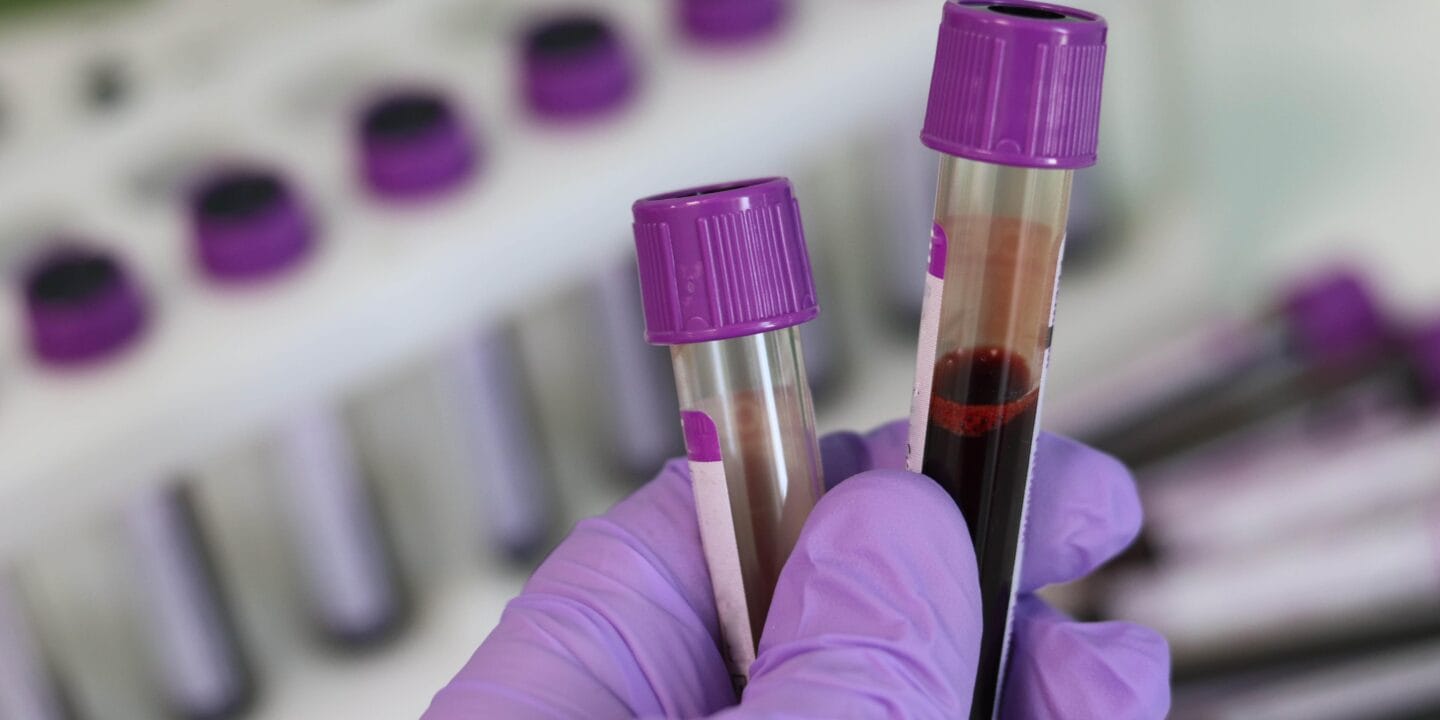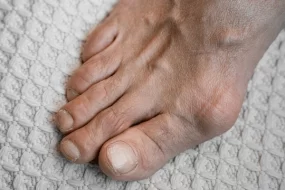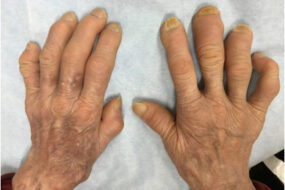- Home
- INTERNAL MEDICINE
- Chronic Lymphocytic Leukemia

The most prevalent leukemia is chronic lymphocytic leukemia. It is a clonal B lymphocyte malignancy. The average age of presentation is 65–70, and it affects men 2:1 more frequently than women.
Clinical features
- Incidental results are frequently found when a hemogram is performed for another reason.
- Splenomegaly
- Fatigue
- Frequent infections
- New asymptomatic lymphadenopathy
- Night sweats
- Weight loss
- Immunological anomalies include hypogammaglobulinemia, autoimmune thrombocytopenia, and autoimmunity hemolytic anemia.
Diagnosis
- Blood
- Monoclonal B cells that express the CD5 antigen and have a lymphocyte count of at least 4×109/L
- Nuclear remnants of cells injured during smear preparation (known as “smudge” or “basket” cells).
- Monoclonal B lymphocytes infiltrating the bone marrow
- Lymph node biopsy (if lymphadenopathy):
- small lymphocytic lymphoma
Staging
- Clinical stage A (60 %) – No thrombocytopenia or anemia, and no more than three sites of lymphoid expansion
- Clinical stage B (30 % patients) – Three or more affected regions of lymphoid enlargement without anemia or thrombocytopenia
- Clinical stage C (10 % patients) – Anaemia or thrombocytopenia, irrespective of the number of lymphoid enlargement sites
Differential diagnosis
- Hairy cell leukemia
- Follicular lymphoma
- Mantle cell lymphoma
- Splenic marginal zone lymphoma
- Nodal marginal zone lymphoma
- lymphoplasmacytic lymphoma
Treatment
Stage A – Follow-up without specific therapy
Stage B – Most will require treatment in the first few years
Stage C – Require therapy
Single therapy:
- Chlorambucil – for elderly pts
- Fludarabine – for young pts
Combination therapy:
- Chlorambucil + Fludarabine
- Rituximab + Fludarabine + Cyclophosphamide












